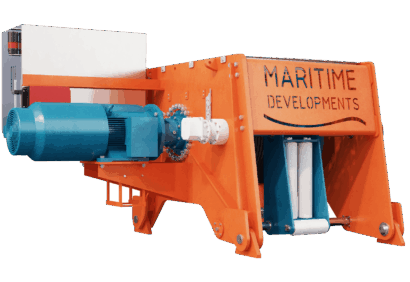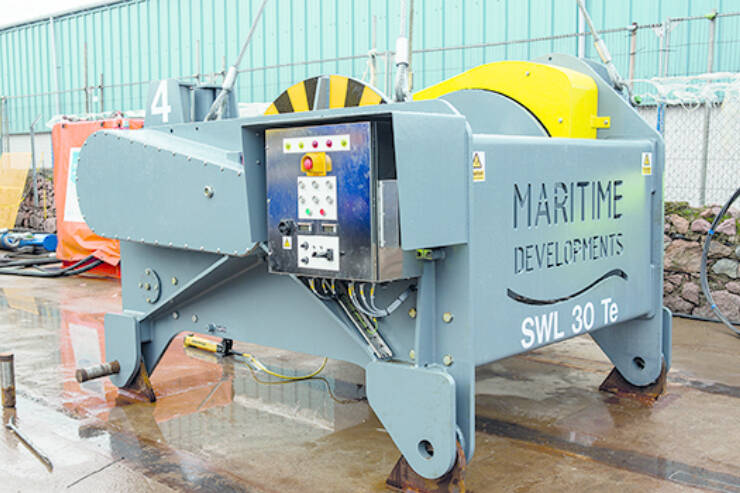Winding up the new-builds
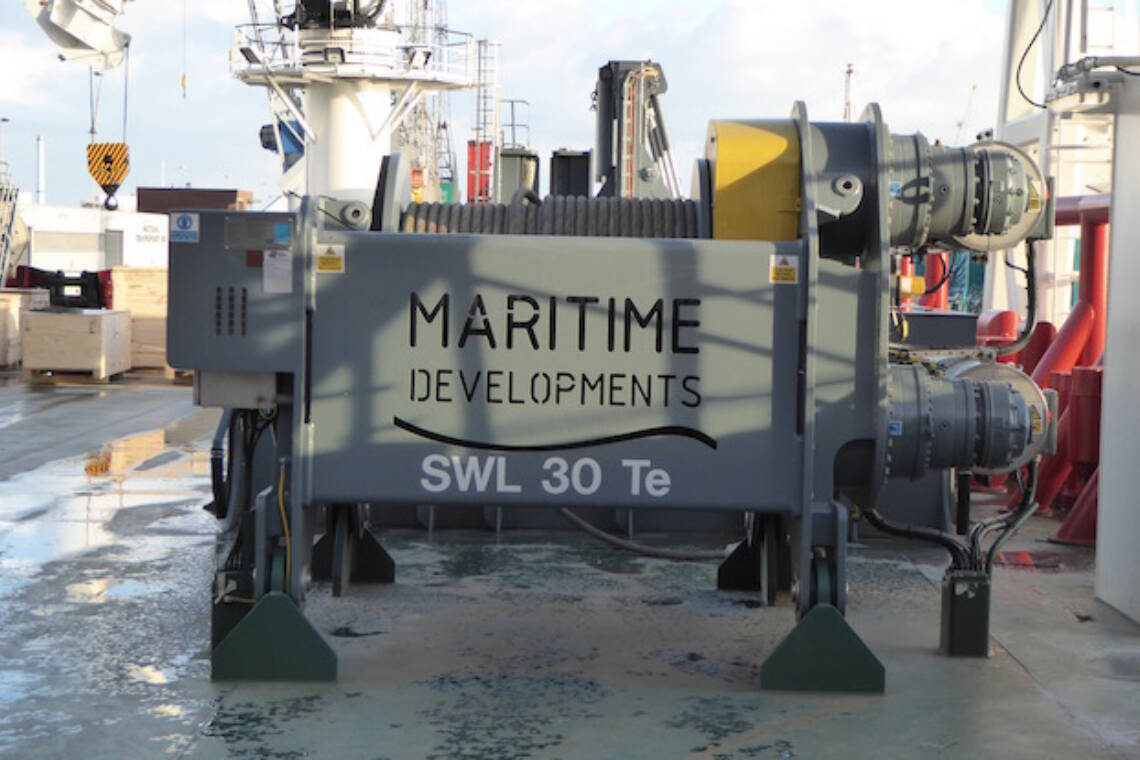
MDL electric winches set flowlines in motion offshore Brazil.
As Seven Cruzeiro readies to begin its maiden project offshore South America, the onboard flex-lay equipment is all set for its first deployment - among it, Maritime Developments’ electric range.
The pipelay support vessel is one of four Subsea 7 new-builds commissioned for deep-water flexible lay offshore Brazil; it was preceded by its sisters: Seven Waves, Seven Rio and Seven Sun - each equipped with a set of MDL winches and an Overbender Tensioner (OBT).
The 44 systems in total had been flowing through the MDL electric workshop since the original order in 2012, and were all completed ahead of schedule. Ranging between 5 - 40 tonne working load, all of the winches feature electrical drives to maximise operability and minimise maintenance costs.
Preference for electric over hydraulic solutions is on the rise, and no wonder: the customisable interface results in greater ease of use and increased safety in offshore operations. MDL gained this understanding through years of hands-on innovation, by working closely with the key industries of the north-east of Scotland: marine engineering and fishing.
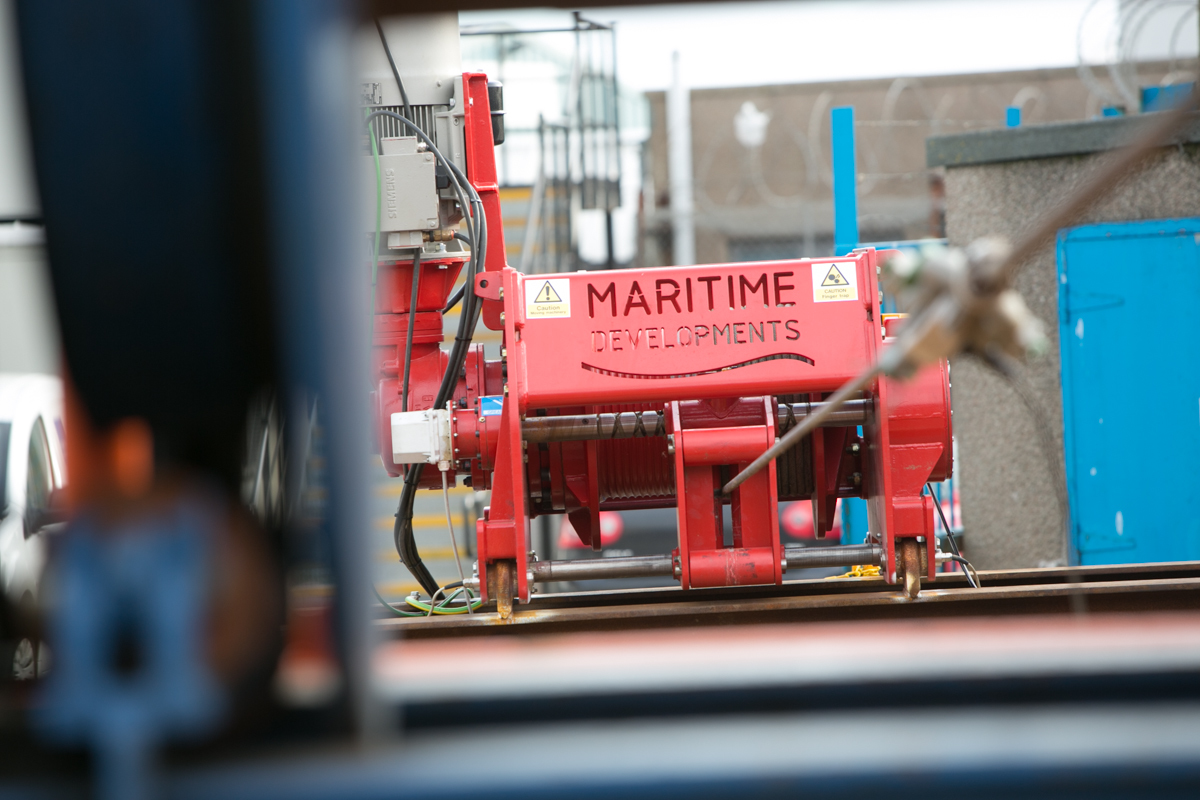
Although today it delivers flex-lay equipment and offshore services to major energy contractors across the globe, MDL originated as a hydraulic company specialising in building fishing deck equipment: day-in, day-out confronting the rough North Sea waters. The integrity of all systems on board - particularly winches used for handling the nets - was imperative to the trawler men’s businesses, and therefore their livelihoods.
“To remain viable, a fishing boat needs to catch a certain amount of fish over a period of time. On top of that, the quality of the catch is also crucial in determining the likelihood of good trade as a result,” said Derek Smith, CEO and founder of MDL.
“But if the fisherman returns home with no fish, or with a catch that has begun to spoil due to problems or delays with onboard machinery while at sea, that’s when the business becomes uneconomical - every such trip costs the fisherman more in fuel than the returns he gains from that trip.
“In our quest to address the challenge of introducing more precise equipment for a hands-on crew, we began installing electrical controls for the traditional equipment on board. Seeing the improvement in the systems’ handling made us quickly realise the benefits of electric systems over hydraulic ones.
“Over the years of working with this industry, we learnt that the value of functional equipment is worth more than the price it costs to build or buy. If you consider the losses a fisherman’s business can sustain on a single blotched trip to sea, the respective effects are even more detrimental for the oil industry.
“That’s why today we have more electricians on our team than any other in-house specialist technicians, and implement increasingly more electric controls and drives into our own range of pipelay equipment, as well as that of our clients.”
MDL electric winches can be operated in either manual, constant tension or render mode, using bespoke operator interface. They have a standalone operation capacity, but can also integrate with other deck machinery and with the vessel’s supervisory control and data acquisition (SCADA), allowing safe operation and monitoring of multiple pieces of machinery at once.
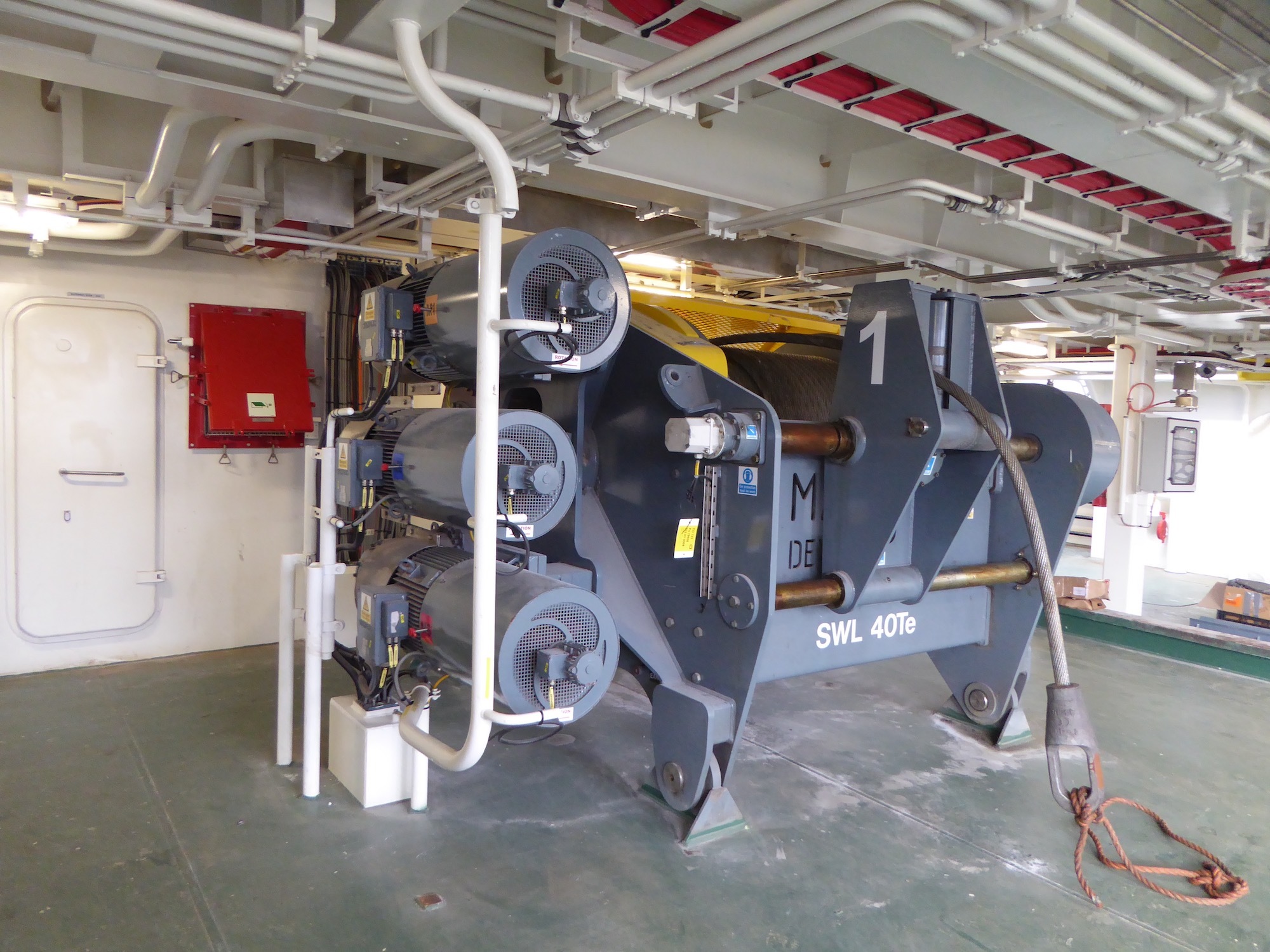
All of the winch functions can be operated at the Local Control Panel (LCP) and can be handed through safe process to a wireless Walk-About Box (WAB), designed to operate the complete package of winches on board the vessel by selecting and confirming the winch required to be operated. To ensure no unsafe actions are taken during operation, the control systems feature built-in interlocks, and all control functions take priority during equipment design and system reviews.
Additionally, selected winches feature a load cell to provide an accurate reading of the tension on the product, whether operational or in idle mode.
Alongside the 10 winches, each of the four PLSVs is equipped with MDL OTL 2/60 Series Tensioner on a Ramp - a 10 tonne 2-track tensioner on an inclined frame, facilitating the movement of the product from an under-deck carousel onto a VLS, and vice-versa.
The integrated system features a fixed entry chute and a movable departure chute, as well as an integrated EPU/ HPU with an electric control panel within the base of the structure.
The tensioner’s top track is mounted on kingpins so it can pivot to open or close, as required by the operator, through two hydraulic cylinders; the bottom track is fixed onto the inclined frame with load cell pins and secured with rubber mounts to absorb vibration and allow accurate load monitoring on the system.
During operation, both the top and bottom tracks are synchronised to deliver the same amount of torque from their respective electric motors.
“Simplicity is the cleverness of the MDL design and build,” said George Mackintosh, MDL operations director.
“Our clients recognise the smart engineering behind the systems, which limits the risk of damage to the winch or the product, while increasing the flexibility of operation through remote controls and integration with other systems on board.
“On top of the high reliability and ease of use of the winches and the rest of our portfolio of flex-lay equipment, the in-house support that our clients receive across mechanical, electrical, hydraulic and software makes us their preferred equipment supplier for all their pipelay needs.”
- April 2024MDL supports Saipem on Greece INGS
- January 2024Preparation is key to a long life subsea
- January 2024Forward thinking with Holland
- January 2024Ensuring peak performance for FPSO and platform owners in 2024
- December 2023Reducing the risk of cable failures




